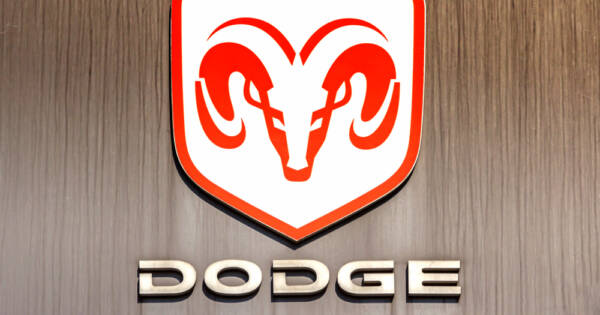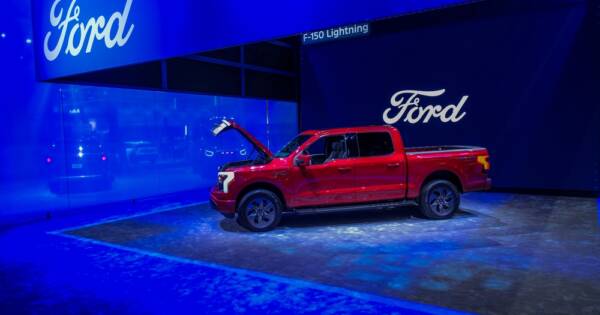It’s easy to assume that all used cars are the same. However, there’s a big difference between a used car and a certified pre-owned one. Both have had previous owners, but certified vehicles have been thoroughly inspected. In some cases, they’ve had repairs performed and may include some sort of limited warranty attached. If you’re planning on financing a vehicle, it’s even more important that you’re covered if something should go wrong with the car.
Why Buy a Used Car?
The moment a new car is driven off a car lot, it loses up to a third of its value. This is why many people look for used vehicles with low mileage that have come off leases or were once used by rental companies. If you shop around enough, you can find great deals on used vehicles.
The primary reason to choose a used vehicle over a certified pre-owned one is that these cars are less expensive. There are still risks to this strategy, but if you’re confident that the vehicle doesn’t have any serious issues, you can easily knock over a thousand dollars off the price by skipping the certified tag.
More Flexibility
There are very strict requirements for certifying a used vehicle. These requirements don’t apply to the rest of the used cars on the market. If you buy a used car that isn’t certified, you have a much broader range of vehicles to choose from. Sometimes you can find a used car with many of the features you’d find in a new car.
Sometimes you can even find a used car with time and miles left on the warranty. If you can transfer the warranty and purchase a service plan that covers critical parts, you may be protected if something goes wrong.
Disadvantages of Buying Used Vehicles
Even though buying a pre-owned car offers some financial incentive, it’s not always perfect. The biggest difference is that you have no idea how the previous owner treated the vehicle. Did they drive it hard, racing around corners and pushing the brakes to their limit? Or did they drive carefully at all times?
Not only that, but you don’t always know if they kept on routine maintenance. Are you sure the vehicle received regular oil changes? Tune ups? Scheduled transmission or brake service? Some owners will keep a paper trail of all their service visits. Others simply shrug and say “ehhh, just trust me.”
Take a look at some other disadvantages you should consider when buying a used vehicle.
Warranty Coverage
Most used vehicles are sold as-is. That means you’re on the hook for any repairs if you discover something is wrong with the vehicle. Service plans may be available for used vehicles, but they aren’t backed by the vehicle’s manufacturer. They also might not offer the coverage you expect.
Read the fine print when purchasing a service plan for a used car. Make sure you’re not getting taken advantage of. Buying a car that you know little about forces you to do a lot more homework to make sure that the vehicle is worth your investment.
Financing Options
One drawback of financing a pre-owned vehicle is higher interest rates. If your credit isn’t perfect, your loan options may be limited. Financing a new car usually requires a higher credit rating if you want a low interest rate.
It can also be difficult to finance an older vehicle that has potential problems. The finance company may consider it riskier to offer financing on a vehicle with high mileage and no warranty coverage. If you’re looking at a much older vehicle (or one that has high mileage), it may be a better idea to pay with cash.
Advantages of Certified Pre-Owned Vehicles?
Certified pre-owned vehicles come with some key benefits that can justify their higher sale prices. Obviously, the biggest is that you’re not simply buying a car AS IS, like most private used car sales. You’re getting the dealer’s official stamp of approval that the vehicle is in good working order.
The added benefit of a limited warranty is also a huge appeal. Most other used cars don’t come with a guarantee or warranty of any kind. If something major goes wrong, you’re on the hook for the repair cost. At least a CPO vehicle gives you some protection against that kind of bad luck.
Take a deeper look at these CPO advantages.
Inspection Process
In order to certify a vehicle, the dealer must put it through a 150-point inspection. Everything needs to be found in good condition or it won’t pass inspection. The dealer may choose to invest money in repairs so that the vehicle passes. However, those costs are typically passed onto the consumer.
All of the critical engine components, including transmission, steering system, shocks, suspension, brakes, and electrical system are checked to ensure that the manufacturer can stand behind the vehicle’s quality. That means you don’t need to perform any of these checks yourself. The dealer must repair the vehicle if something goes wrong shortly after you buy it.
Extended Warranty
One of the most touted benefits of a certified pre-owned vehicle is the extended warranty. The auto manufacturer is more willing to offer a warranty on vehicles that pass inspection, so you may get a warranty that’s similar to the original. You’re purchasing a vehicle for less money than a new car while still getting the benefit of a warranty.
Should something go wrong, you can bring the car back in for repair. The dealer recoups the cost of repairs directly from the manufacturer and uses manufacturer-approved parts when servicing your vehicle. The result is that you save money.
Peace of Mind
Buying a used car is stressful. Some people try to review service records, learning how many owners the vehicle has had, and whether it’s been in an accident as measures of quality. Regardless of how well the last owners took care of the car, things break due to wear and tear all the time.
Buying a certified pre-owned vehicle gives you more confidence that it’s in good shape. It shouldn’t require any expensive repairs right out of the gate. Certified vehicles tend to last longer, simply because the dealer has made sure everything is right with it.
Disadvantages of Certified Pre-Owned Vehicles
At this point, you might be wondering why anyone doesn’t buy a CPO vehicle. Seems like a pretty solid choice, right? Well, there are still some negatives to the certified pro-owned programs. The warranty is never as long as buying a brand new car, for starters. Plus at the end of the day, you’re still buying a car with at least one previous owner.
The additional inspection a CPO car goes through is great, but don’t kid yourself: you’re repaying the dealer the cost of that inspection with the higher purchase price. Let’s briefly go over some of the downsides of purchasing a certified pre-owned vehicle.
Less Flexibility
Due to the stringent inspection and repair process required to certify a vehicle, dealers only certify vehicles they think are worth it. That means you have fewer options to choose from when shopping for certified used vehicles. You may not find the make and model with all the options you were hoping for.
If you have your heart set on a particular make and model, you might be out of luck. Especially if it’s not exactly a popular vehicle. Sure, there are probably plenty of CPO Honda Civics and Ford F-150s floating around the market. However, those are two of the best-selling models every single year. If you’re looking for something a little more unique, the CPO market may not much for you to browse.
Higher Cost
Dealers choose to certify vehicles because they feel the certification costs can be recovered by increasing the sale price. To be able to certify a used vehicle, the dealer needs to pay for any parts and repairs needed. They also have to pay to have the vehicle inspected.
If something does go wrong with the vehicle, the dealer has to take on some of the costs of repairing it. While the manufacturer does back the vehicle and might pay for parts, the dealer needs to still pay its mechanics to work on your vehicle. To make sure they won’t lose money on the car, they may raise the price. A certified pre-owned vehicle may cost thousands more than an equivalent vehicle that hasn’t been certified.
What’s The Best Choice For You?
Before deciding between a used or certified pre-owned vehicle, think about the reasons that you’re buying the vehicle. If you’re looking for an older vehicle with higher mileage to save money, you might want to shop for a used vehicle and have it inspected yourself. Some dealerships allow you a short grace period after you buy a car to return it.
If you’re looking for a newer vehicle and need warranty coverage, a certified pre-owned car is the better choice. You’re more likely to get financed for the loan and don’t need to worry about repairs later if a critical component fails.




